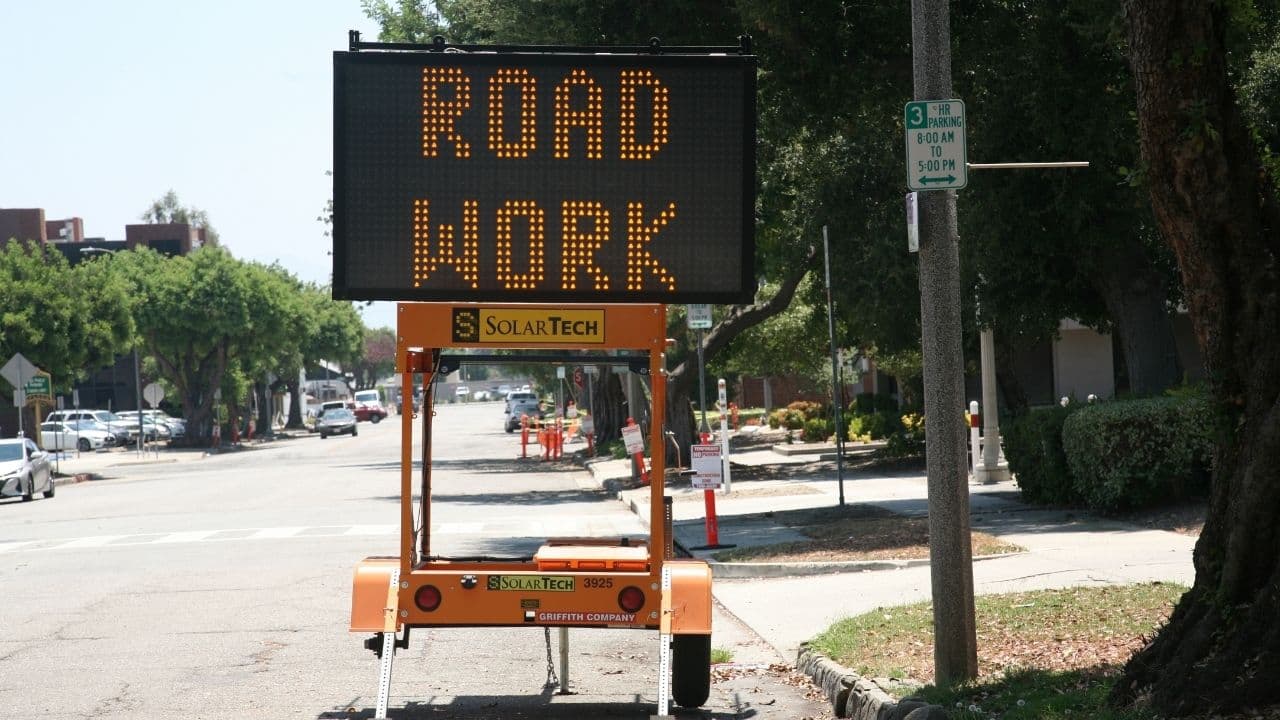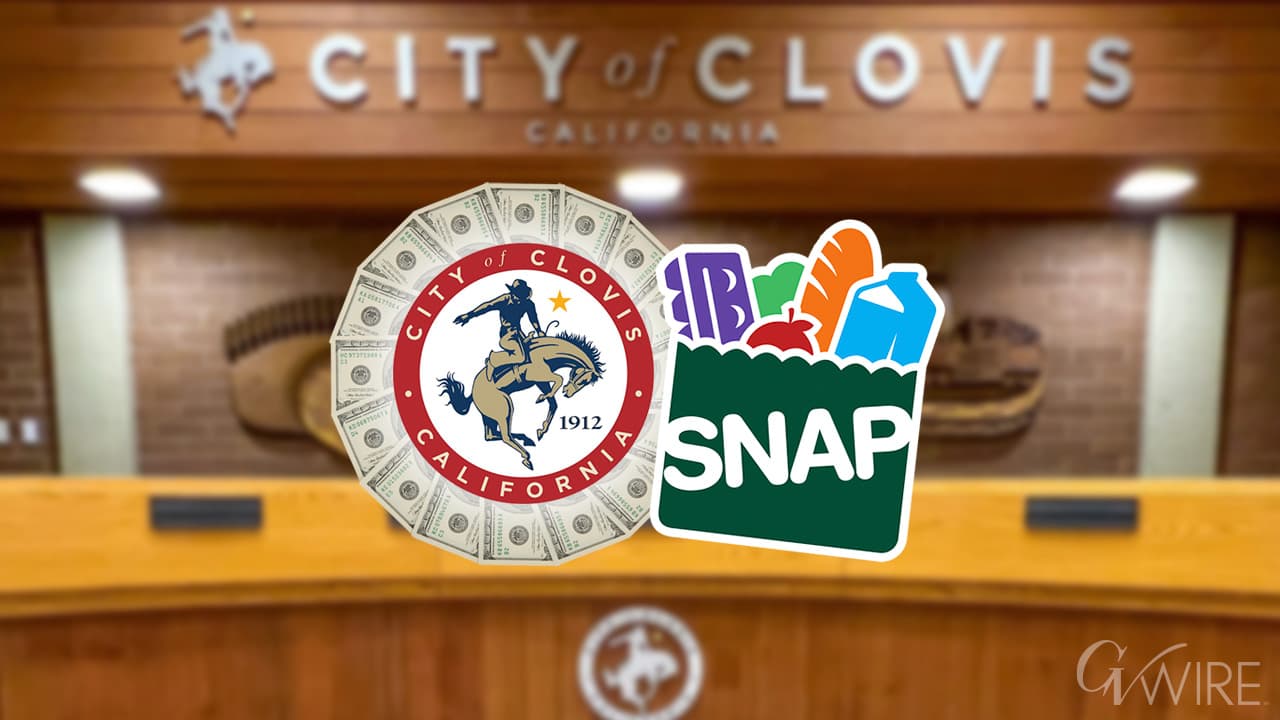Fresno Announces Downtown Repaving Project, Expect Lane Reductions
The City of Fresno began a downtown repaving project in early November under its Pave More Now program, affecting portions of Cherry Avenue, Los Angeles Street, Fulton Street and Butler Avenue. The work will require weekday lane reductions and may shift with weather or other construction delays, making alternate routes and city updates important for commuters and downtown businesses.

The City of Fresno launched a concentrated downtown repaving effort the week of November 5, 2025, targeting segments of Cherry Avenue, Los Angeles Street, Fulton Street and Butler Avenue as part of its Pave More Now program. The schedule published by the city called for weekday work generally between 7 a.m. and 5 p.m. and outlined phases beginning with manhole adjustments, followed by grinding and a planned paving window from November 12 to 14, then additional manhole work and final striping.
Officials warned drivers to expect lane reductions and delays in the work zones and urged motorists to use alternate routes when possible. The city also noted that the timetable could change for weather or other construction related delays. Residents were directed to call 311 or visit fresno.gov/PaveMoreNow for maps and status updates.
The project represents a visible implementation of the city maintenance program that aims to address pavement conditions in the downtown core. For commuters and service providers the impact is immediate. Reduced lane capacity during business hours can increase travel times, complicate deliveries to downtown businesses and affect public transit schedules. Property owners and merchants in the affected corridors may experience short term disruptions to customer access and loading operations.
From a governance perspective the work illustrates routine tradeoffs municipal managers face when scheduling infrastructure repairs. Concentrating work during weekday daytime hours may speed completion, but also concentrates traffic impacts during peak commercial periods. The need for manhole adjustments prior to paving highlights coordination across utility and public works departments, which can affect both timing and cost control. The city framed the sequence of work as a standard progression from utility adjustments to grinding, paving and striping to ensure a durable surface.
The broader civic implications include opportunities for public oversight and feedback. Residents can follow the project status through the city portal or by calling 311, and tracking such projects contributes to accountability for how local funds and staff time are deployed. Infrastructure projects like this often shape voter perceptions about municipal priorities and responsiveness, especially when work requires visible and sustained disruption in commercial districts.
Motorists and downtown visitors should plan routes accordingly, allow extra travel time on affected days and consult the city website or 311 for the latest maps and schedule adjustments as the work proceeds. The repaving is part of the city maintenance calendar for late 2025 and will continue subject to scheduling changes.


